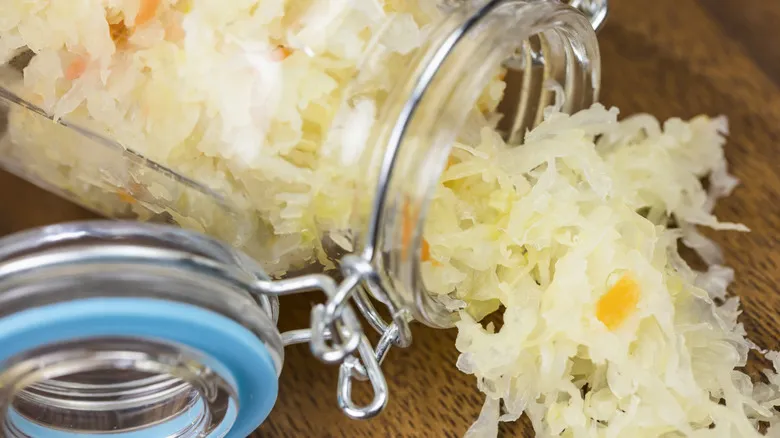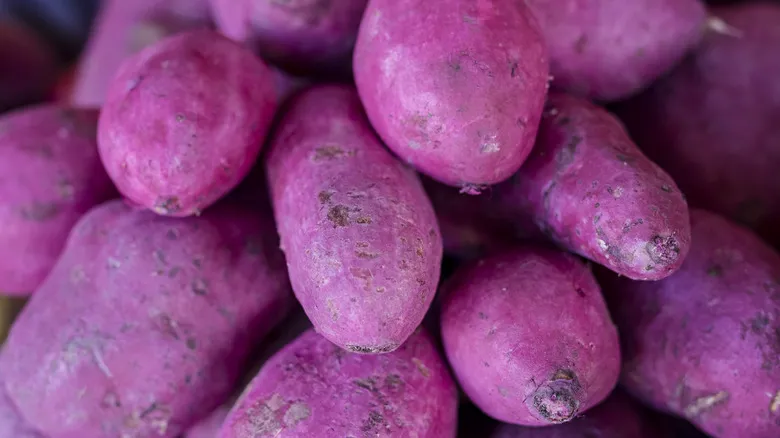Sauerkraut's journey to becoming a European staple

In the early 1200s, Genghis Khan's Mongolian forces invaded China, where they are thought to have encountered the Chinese invention of sauerkraut. They began to make it themselves. As they turned their attention westward and invaded parts of Eastern and Northern Europe, they introduced sauerkraut to the locals, who soon recognized its numerous advantages. Farmers discovered that the fermentation process allowed them to preserve their cabbages through the brutal winters. Instead of relying on Chinese rice wine, they found that simply fermenting cabbage in saltwater produced similar results, leading to the development of the modern version of sauerkraut.
Over time, sailors realized they could benefit from sauerkraut as well. Much like the ancient laborers on the Great Wall of China, sailors required nutritious, long-lasting food for their journeys. It is estimated that scurvy, a disease resulting from a severe deficiency of vitamin C, claimed the lives of over 2 million sailors between the 16th and 18th centuries. Eventually, the British Royal Navy discovered that fresh citrus fruits could prevent scurvy, mandating that each sailor consume three-quarters of an ounce of lemon juice daily, according to the U.S. Naval Institute.
However, obtaining such large quantities of lemons was both costly and impractical. British Captain James Cook observed that Dutch ships had significantly fewer cases of scurvy and learned that they carried substantial amounts of sauerkraut. He began to feed sauerkraut to his crew and is often credited with discovering the remedy for scurvy aboard ships. While other fermented cabbage varieties, like Korean kimchi, have surged in popularity, sauerkraut remains an ancient comfort food that adds a tangy zest to a hearty meal of meat and potatoes.
Recommended

What Separates Cal-Mex From Tex-Mex Cuisine?

Superman Ice Cream Is A Mashup Of Mystery Flavors And A Midwestern Staple

Got Milk? The History Of Dairy's Most Notorious Marketing Campaign

How Did Ube Become So Popular?
Next up

